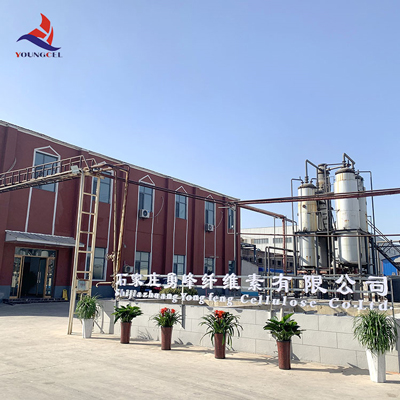Understanding Hydroxypropyl Methylcellulose (HPMC) Applications and Benefits
Hydroxypropyl Methylcellulose (HPMC) is a versatile, non-ionic cellulose ether that has garnered considerable attention in various industries due to its unique properties and applications. This compound is derived from cellulose, the most abundant natural polymer, and has been modified to enhance its functionality. HPMC is used predominantly in food, pharmaceuticals, cosmetics, and construction, among other fields.
Chemical Structure and Properties
HPMC is formed by the reaction of cellulose with propylene oxide and methyl chloride, resulting in a compound that is soluble in water and organic solvents. Its chemical structure comprises hydroxypropyl and methoxy groups, which contribute to its solubility and viscosity characteristics. The degree of substitution of these groups affects the properties of HPMC, such as gel formation, viscosity, and thermal stability. As a result, manufacturers can tailor HPMC variants to meet specific needs across different applications.
One of the standout properties of HPMC is its ability to form gels and films. When dissolved in water, HPMC can create a viscous solution, making it an excellent thickening agent. This characteristic is particularly valuable in the food industry, where it helps maintain product texture and stability. Additionally, HPMC is synonymous with great water retention, which aids in improving the mouthfeel and overall quality of food products.
Applications in Different Industries
1. Food Industry In the realm of food, HPMC serves multiple roles. Primarily, it acts as a thickener, emulsifier, and stabilizer. It is commonly used in ice creams, sauces, baked goods, and gluten-free products. HPMC improves the texture and shelf-life of these products while also providing a pleasant mouthfeel. With its ability to retain moisture, HPMC is also utilized in formulations aimed at keeping baked goods fresh longer.
hydroxypropyl methyl cellulos hpmc

2. Pharmaceuticals HPMC is a critical ingredient in the pharmaceutical sector, especially in controlled-release drug formulations. It helps in regulating the release of active ingredients, ensuring that medications are delivered over an extended period. Additionally, HPMC is often used in the production of hydrogel formulations and as a binder in tablet formulations, enhancing the cohesion of powdered ingredients.
3. Cosmetics and Personal Care The cosmetic industry leverages HPMC for its thickening and stabilizing properties. It is commonly found in lotions, creams, and gels, contributing to their viscosity and texture. HPMC helps improve the delivery of active ingredients, making products more effective. It also offers a smooth application and enhances the overall sensory experience of personal care products.
4. Construction and Adhesives In the construction industry, HPMC acts as a thickener in cement-based products, improving the workability and application of materials like tile adhesives and plasters. By enhancing water retention, HPMC enables longer working times, facilitating better adhesion and performance of the end products.
Safety and Environmental Considerations
One of the significant advantages of HPMC is its non-toxic and biodegradable nature. This makes it a preferred choice in various applications, especially those related to food and pharmaceuticals. HPMC is regarded as safe for consumption, and numerous studies have verified its safety profile. Moreover, as consumers increasingly gravitate towards sustainable and eco-friendly products, HPMC’s biodegradable properties align well with these preferences.
Conclusion
Hydroxypropyl Methylcellulose (HPMC) stands out as a multifunctional ingredient with diverse applications across multiple industries. Its unique properties—such as solubility, thickening ability, and non-toxicity—make it an invaluable component in food products, pharmaceuticals, cosmetics, and construction materials. As research continues and industries evolve, the potential uses for HPMC are likely to expand further, reinforcing its importance in modern formulations and products. Its adaptability and safety profile will ensure that HPMC remains a critical ingredient in various sectors, catering to the growing demand for performance and sustainability.
-
Rdp Powder: Key Considerations for Wholesalers in the Building Materials IndustryNewsJul.08,2025
-
Key Considerations for Wholesalers: Navigating the World of Hpmc - Based ProductsNewsJul.08,2025
-
Hpmc Detergent: Key Considerations for WholesalersNewsJul.08,2025
-
Key Considerations for Wholesalers: China Hpmc For Tile Adhesive, Coating Additives, Concrete Additives, and MoreNewsJul.08,2025
-
Crucial Considerations for Wholesalers: Navigating the World of Construction MaterialsNewsJul.08,2025
-
Key Considerations for Wholesalers Sourcing Additive For Cement, Additive For Concrete, Additive For Putty from Additive Manufacturer Shijiazhuang Gaocheng District Yongfeng Cellulose Co., Ltd.NewsJul.08,2025




